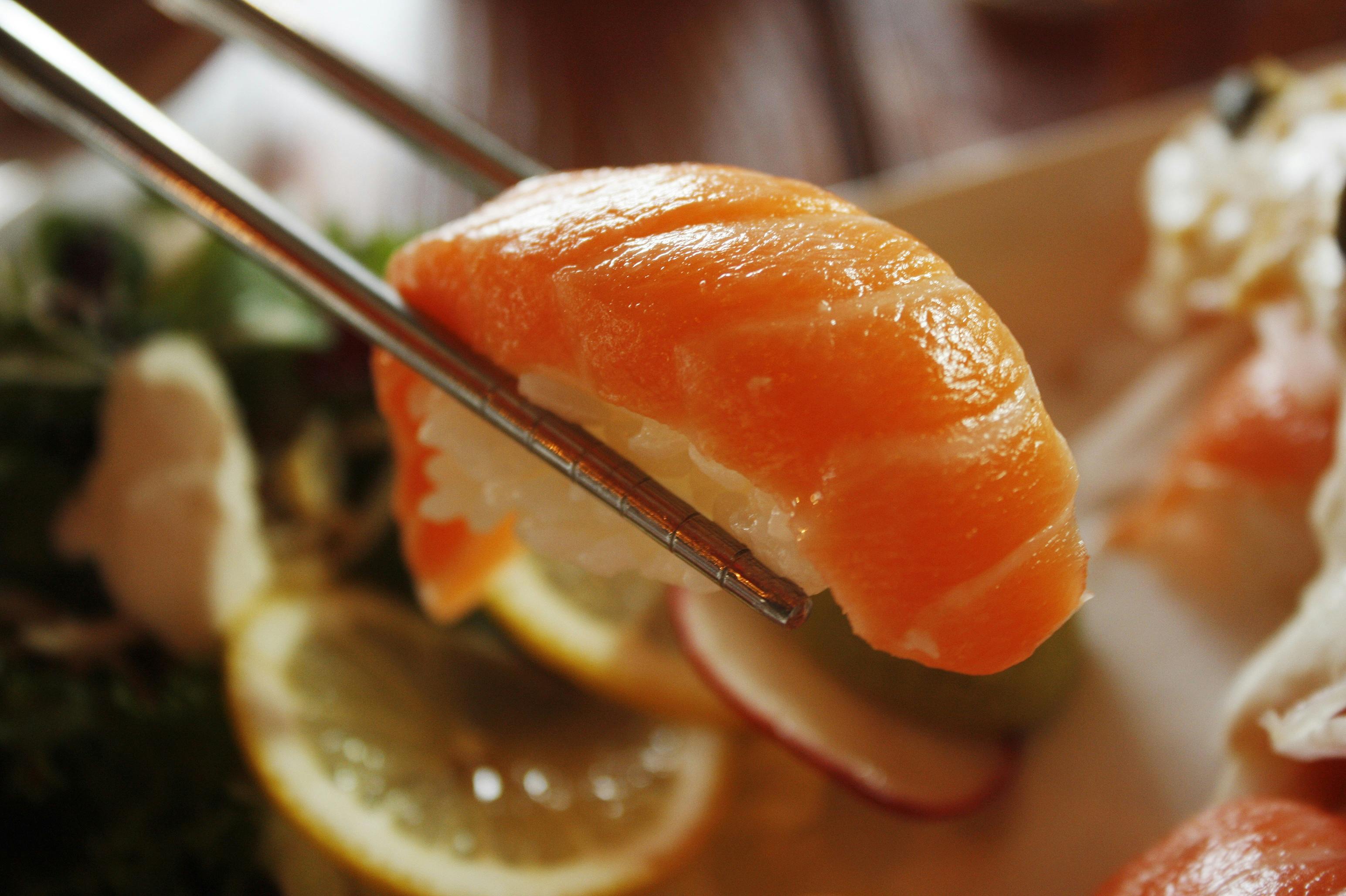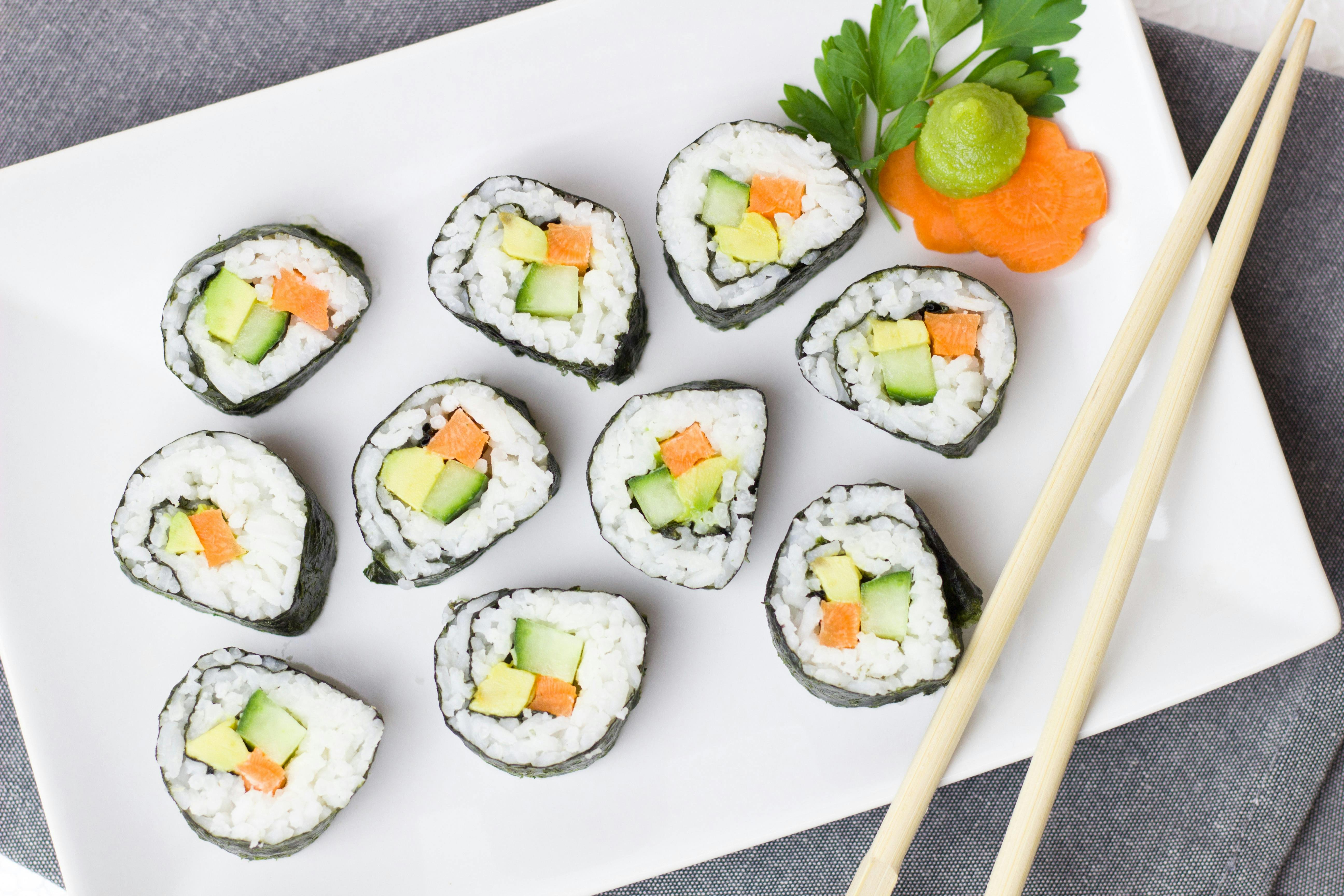Similar Foods in Different Cultures
Building off of the previous topic, despite the vast differences across the many cultures, there are certain foods that several of them share, with some notable differences that reflect the ingredients, ideologies, and morals of that culture.
American Sushi VS Japanese Sushi
One notable example is Japanese Sushi and American Sushi. While both share names and major ingredients—seasoned rice with, most often, raw fish—the two types of sushi are quite different from each other. As Japan is an island nation, they have a long history of fishing. Because of this, the cultural side of Japanese sushi is about the fish; experiencing the taste and texture of it is the main point. For American sushi, however, that isn’t the case. As Patricia Ferguson put it in her book Word of Mouth:
“After all, what is sushi but “fast fish”? It fits surprisingly well with American consumption habits that emphasize snacks, food eaten with one’s hands and on the go, and informality of consumption” (Ferguson, pg.4).
American sushi also features a wide range of ingredients compared to its Japanese counterpart, with things such as avocado, crab sticks, and mayonnaise being a few notable examples.

